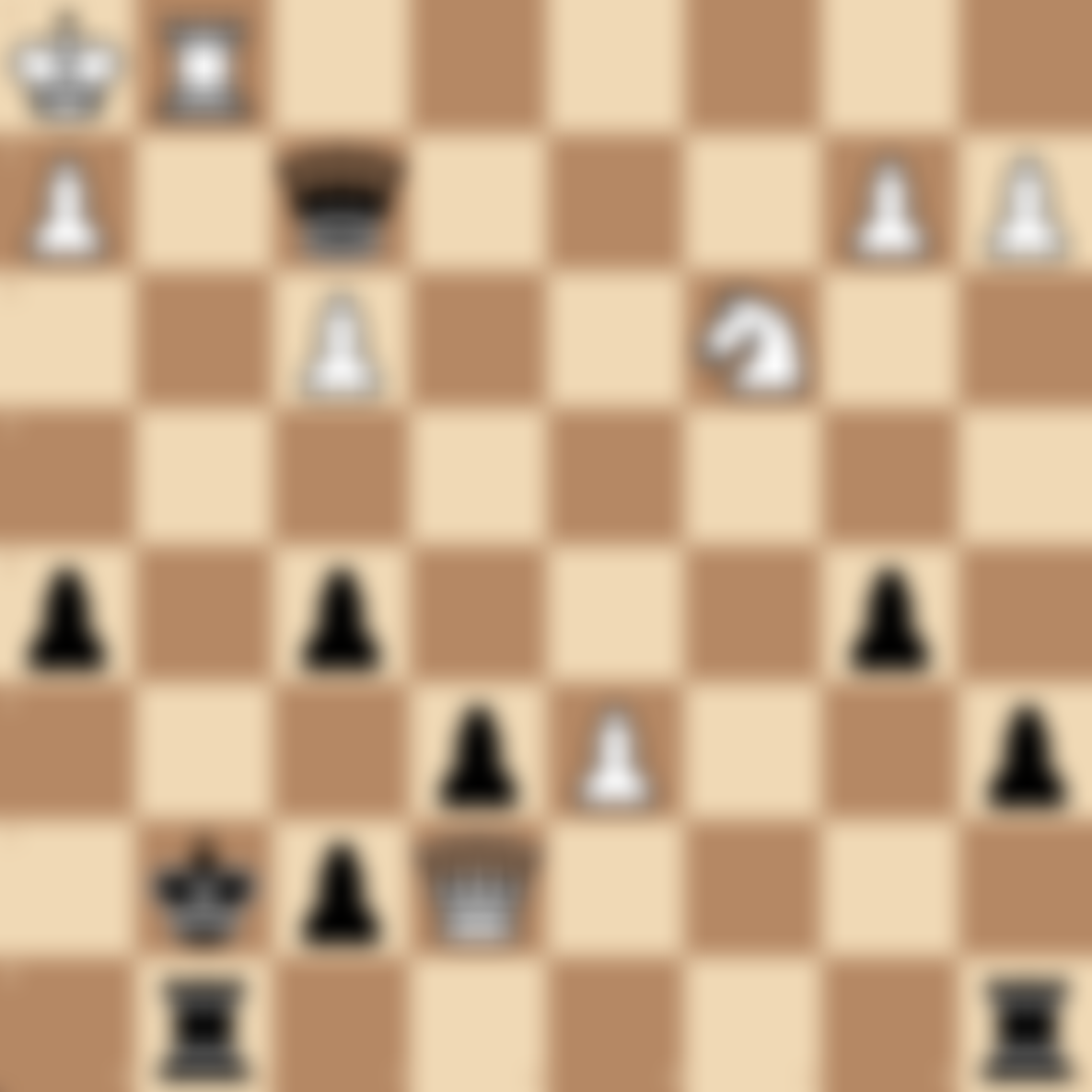Stalemate in Chess: A Comprehensive Guide
Table of Contents
- Introduction
- What is a Stalemate?
- How Stalemate Differs from Checkmate
- Common Stalemate Patterns
- Stalemate Tactics and Strategy
- Avoiding Stalemate in Winning Positions
- Famous Stalemate Examples from Chess History
- Practice Stalemate Puzzles
- FAQs
Introduction
Understanding stalemate is crucial for every chess player, from beginners to grandmasters. At chesspuzzles.io, we've created this comprehensive guide to help you master the concept of stalemate, its strategic implications, and how to use it to your advantage or avoid it when necessary.
What is a Stalemate?
A stalemate occurs when the player whose turn it is to move has no legal moves, and their king is not in check. This situation results in an immediate draw. Key points about stalemate:
- It's a drawn game, meaning neither player wins or loses
- The king is not in check but has no legal moves
- No other piece of the stalemated player can make a legal move
How Stalemate Differs from Checkmate
While both stalemate and checkmate end the game, they have crucial differences:
- King's situation: In checkmate, the king is under attack (in check). In stalemate, the king is not in check.
- Game result: Checkmate results in a win for the attacking player. Stalemate results in a draw.
- Available moves: In checkmate, there are no legal moves to get out of check. In stalemate, there are no legal moves at all, even though the king is not in check.
Common Stalemate Patterns
Recognizing these patterns can help you avoid unwanted stalemates or set them up as a defensive resource:
- Lone King in the corner
- King and Pawn endgames
- Queen vs Pawn on the 7th rank
- Rook and King vs King
Stalemate Tactics and Strategy
Understanding stalemate can be a powerful tool in your chess arsenal:
- Defensive resource: When in a losing position, look for stalemate opportunities to save half a point.
- Endgame knowledge: In certain endgames, the stronger side must know how to avoid stalemate to convert their advantage.
- Tactical motif: Sometimes, a stalemate combination can be used as a surprising tactical resource.
Avoiding Stalemate in Winning Positions
To prevent accidentally stalemating your opponent:
- Always check for your opponent's available moves.
- Be cautious when pushing passed pawns in king and pawn endgames.
- Leave escape squares for the enemy king when attacking with a queen.
- Use the principle of two sides: attack from two directions to avoid boxing in the king completely.
Famous Stalemate Examples from Chess History
- The "Saavedra position" - a famous endgame study involving stalemate
- Carlsen vs. Karjakin, 2016 World Chess Championship - where Karjakin used stalemate as a defensive resource
Practice Stalemate Puzzles
Improve your skills with our collection of stalemate-themed puzzles on chesspuzzles.io:
Try our Stalemate Puzzles on chesspuzzles.io now
Test your understanding and tactical vision with these interactive puzzles designed to reinforce the concepts learned in this guide.
FAQs
Q: Can a stalemate occur early in the game? A: While rare, it's possible. However, stalemates are much more common in endgame positions.
Q: Is forcing a stalemate considered good sportsmanship? A: Yes, if it's the best move available. Stalemate is a legitimate part of chess strategy, especially as a defensive resource in losing positions.
Q: How can I improve my ability to spot stalemate opportunities? A: Regular practice with targeted exercises on chesspuzzles.io can significantly improve your pattern recognition for stalemate positions.
Master the art of stalemate to enhance your chess strategy! Ready to put your skills to the test? Try our Stalemate Puzzles on chesspuzzles.io now and elevate your endgame prowess.
